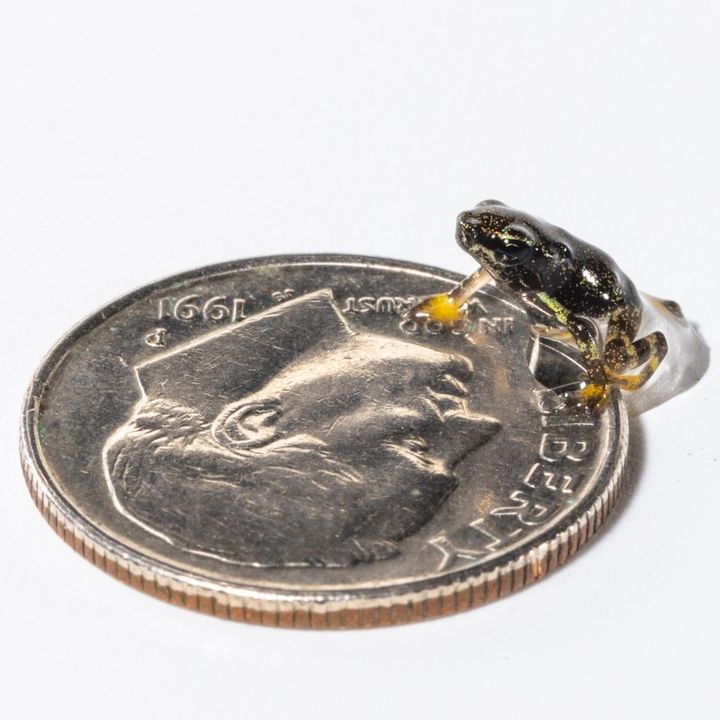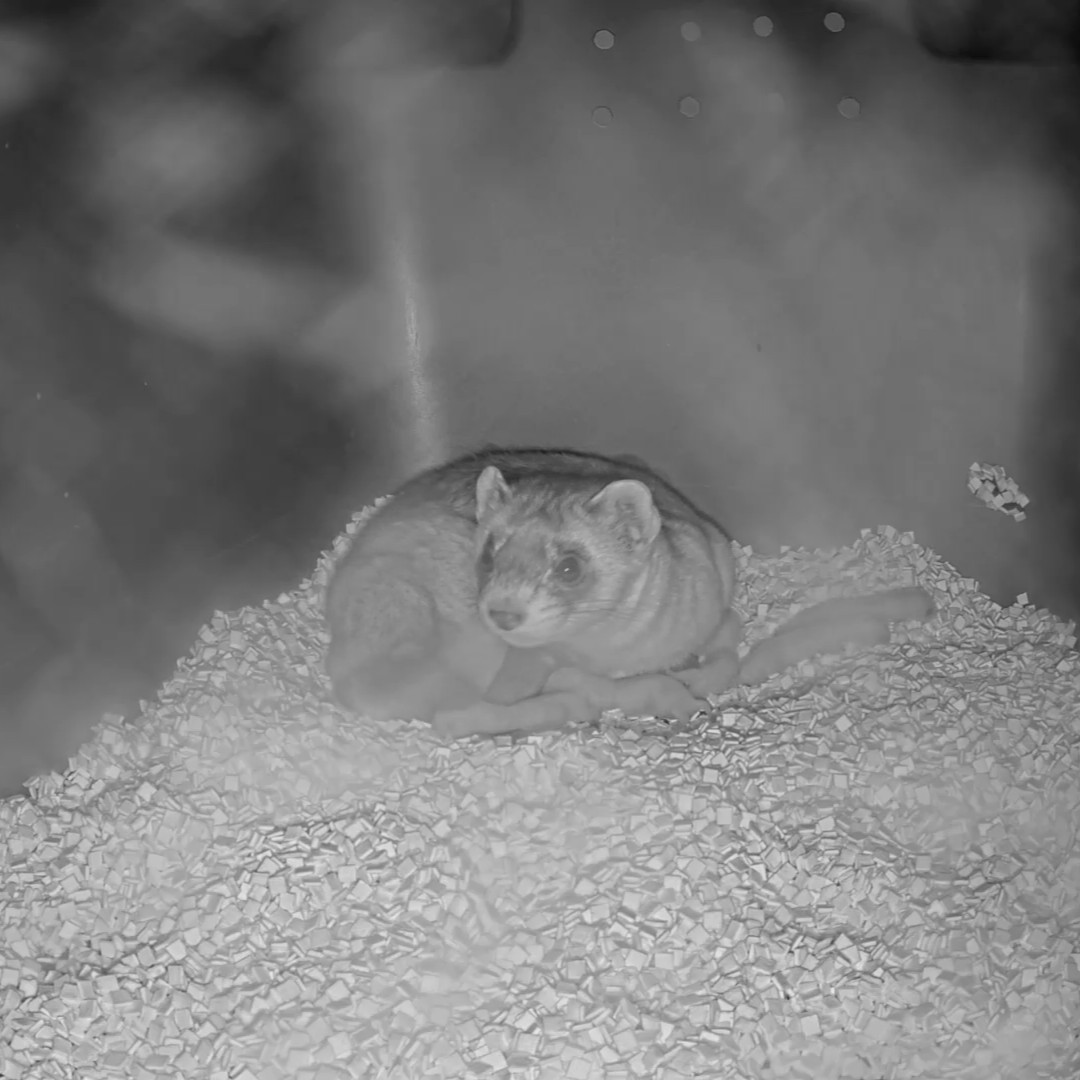
National Zoo
@NationalZoo
The Smithsonian's National Zoo & Conservation Biology Institute is a leader in animal care, science, education & sustainability. https://t.co/xLfdd8G0SK
ID:17045060
http://nationalzoo.si.edu 29-10-2008 16:42:43
10,4K Tweets
447,5K Followers
480 Following
Follow People


Remember those PSAs telling us to 'Reduce, Reuse, Recycle'? Today's tip is: Reduce! Plastic takes more than 400 years to degrade, and numerous studies have shown birds and other wildlife ingest plastic. Give the birds a break and avoid single use plastics. #LiveBirdFriendly



#LiveBirdFriendly tip of the day: choose native plants! 🌷 🌱 🌻
10 million+ acres of wildlife habitat in the U.S. were developed from 1982 to 1997. Adding native plants to outdoor spaces provides shelter & nesting areas for birds. Learn more at s.si.edu/3B5ufxv

Did you know cats kill an estimated 2.4 billion birds a year in the United States alone? But keeping your cats indoors is a purr-fect way to protect birds and keep your feline friends safe, too! Learn more about the ways you can #LiveBirdFriendly at s.si.edu/43C9GWB

☕💪 Your cup of coffee is stronger than you might think! You can help migratory birds by choosing #BirdFriendly coffee from shade grown coffee farms. Shade grown coffee farms protect forest habitats for songbirds! Learn more s.si.edu/3LIhaPB #LiveBirdFriendly


🦎The emperor newt’s name means 'shan' (mountain) and 'jing' (spirit or demon). This highly toxic amphibian lives only in the mountains along a handful of rivers in western China. During the breeding season, they live in rice paddies, ponds or humid grasslands. #AmphibianWeek2024

Although eastern newts are aquatic as larvae and adults, juveniles (called red efts) live on land! Around 2 to 5 months of age, their lungs, legs and eyelids make them more suited to life on land. As they search for water, they make their homes in leaf litter.
#AmphibianWeek2024

🦎🦗 How does a salamander catch its meal? With prey in its sights, it quickly contracts its muscles, causing the hyoid bone in its mouth to protrude. In the blink of an eye (11 milliseconds), the salamander’s elongated, sticky tongue has secured its meal. #AmphibianWeek2024

🦎📏 Japanese giant salamanders are the second-largest salamander species in the world! They can get up to 5 feet long and weigh 55 pounds.
#AmphibianWeek2024

🐸💛🖤 Even though Panamanian golden frogs are actually toads, they don't have warty/bumpy skin. In fact, this species has very smooth skin, similar to dart frogs. They also have an upturned snout that gives them a rather distinguished look about them!
#AmphibianWeek2024







